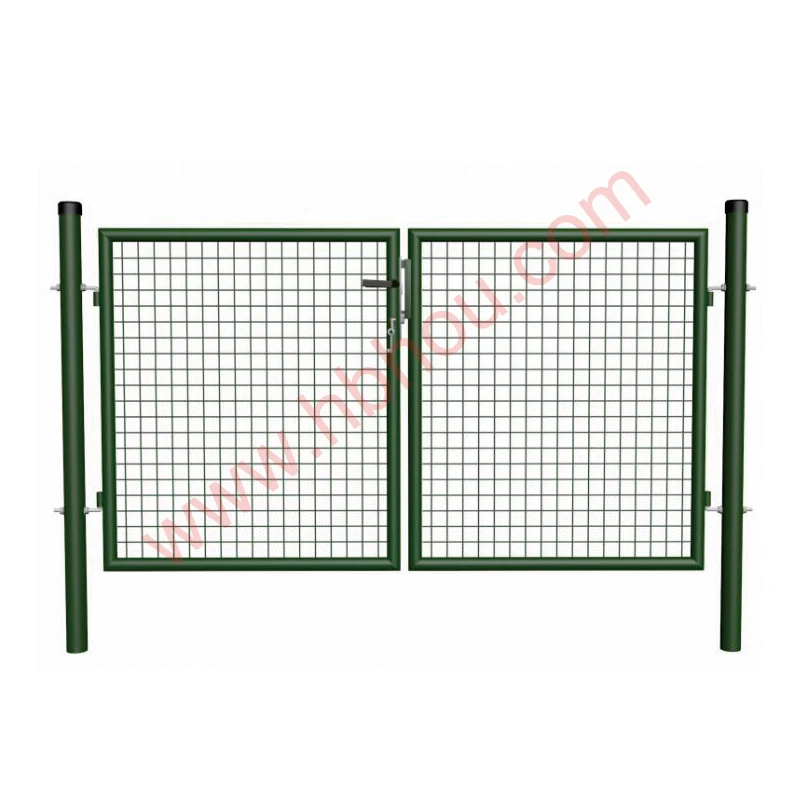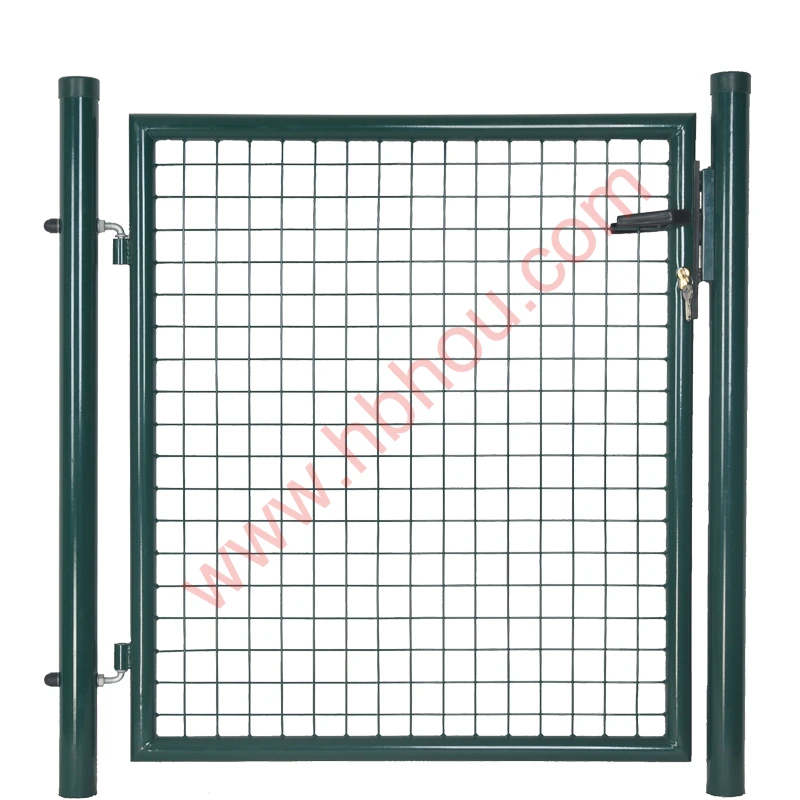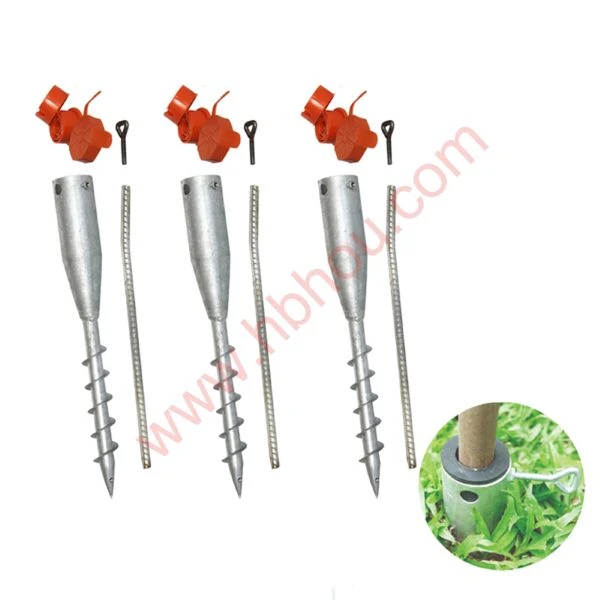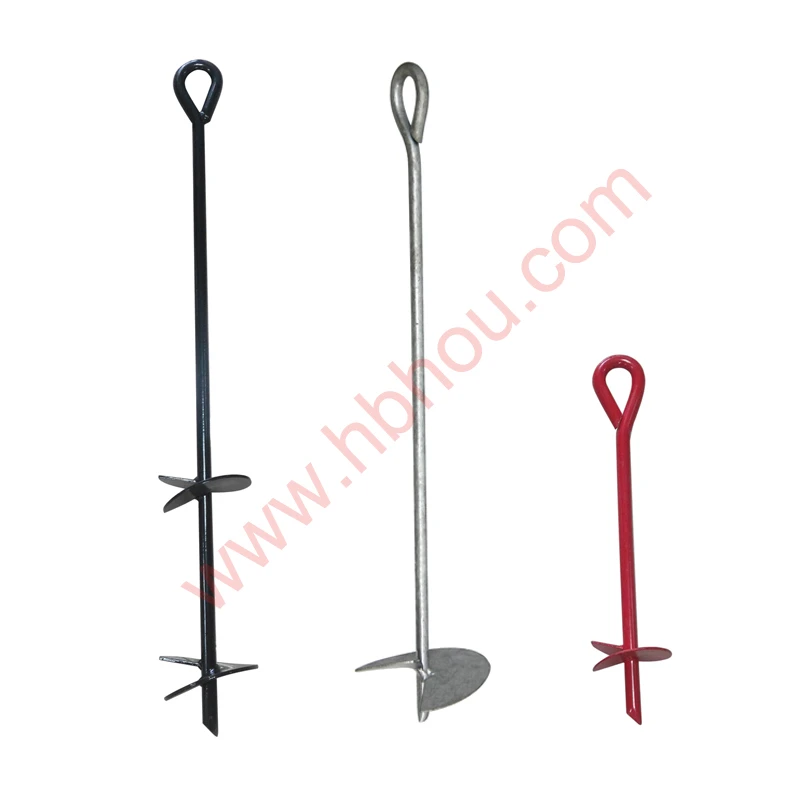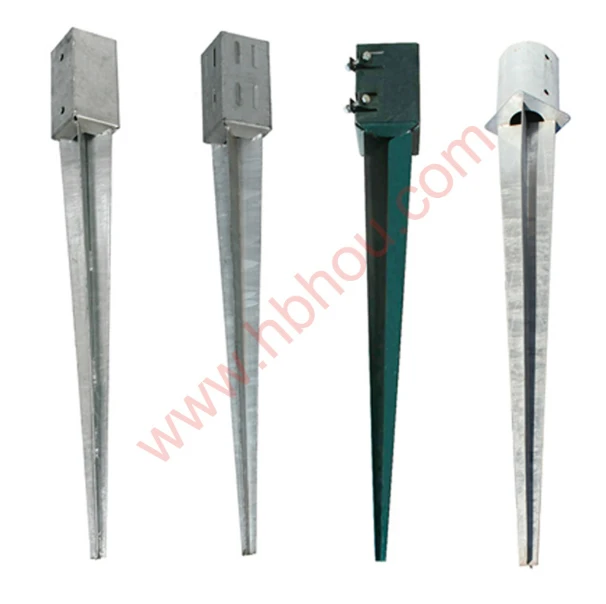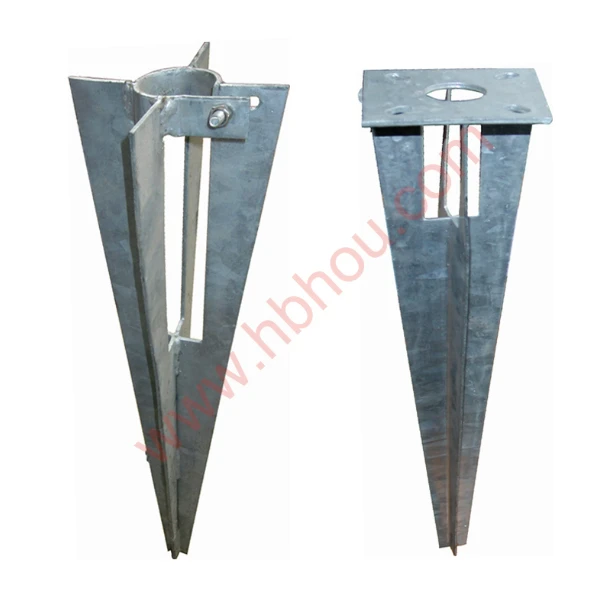Understanding Step-In Electric Fences A Convenient Solution for Livestock Management
Electric fencing has long been a staple in the world of livestock management, offering an effective and efficient way to keep animals contained. Among the various types of electric fences available, step-in electric fences have gained popularity due to their ease of use and versatility. This article explores what step-in electric fences are, their benefits, installation process, and maintenance tips for optimal performance.
What is a Step-In Electric Fence?
A step-in electric fence is a portable fencing solution typically made up of lightweight materials such as plastic or fiberglass. It features stakes that can be easily driven into the ground, hence the name step-in. These fences often come with electric wire, insulated posts, and sometimes even built-in voltmeters. They are primarily designed for temporary pastures, rotational grazing, or when you need a quick setup without the hassle of traditional fencing materials.
Benefits of Step-In Electric Fences
1. Portability and Convenience One of the standout benefits of step-in electric fences is their portability. Farmers and ranchers can quickly set them up and take them down, making them ideal for rotating grazing practices. This mobility helps in maintaining healthy pastureland and ensures that livestock have access to fresh grazing areas.
2. Cost-Effectiveness Compared to traditional fencing systems, step-in electric fences tend to be more budget-friendly. The initial investment is lower, and maintenance costs are also reduced, as fewer materials are needed to install or repair the fence.
3. Easy Installation Setting up a step-in electric fence can be done within minutes. The lightweight stakes are designed to be pushed directly into the ground, and minimal tools are required for assembly. This ease of installation allows farmers to create or modify their fencing arrangement without hiring professional help.
4. Flexibility Step-in electric fences can be configured in various shapes and sizes to suit different grazing areas. This adaptability is particularly useful for managing diverse topographies and accommodating different livestock needs.
5. Effective Containment When properly installed and maintained, electric fences provide a reliable barrier that deters livestock from wandering off. The mild shock delivered by the electric current serves as a training tool, teaching animals to respect the boundaries.
Installation Process
Installing a step-in electric fence involves several straightforward steps
step in electric fence

1. Planning Determine the layout of the fence and the area you wish to enclose. Ensure that the ground is suitable for driving in the stakes.
2. Gathering Materials Collect the necessary materials, including step-in posts, electric wire, an energizer, insulators, and grounding rods.
3. Setting Up Posts Space the step-in posts at intervals of 10 to 30 feet, depending on the type of livestock you are containing and the topography of the land.
4. Stringing the Wire Run the electric wire through the insulators attached to the posts. Typically, two to three strands are sufficient for most cattle; however, more may be needed for smaller animals like sheep or goats.
5. Connecting the Energizer Attach the energizer to the wire and ensure it is properly grounded. Make sure to check the voltage with a voltmeter to guarantee it is suitable for the livestock.
Maintenance Tips
To ensure the longevity and effectiveness of a step-in electric fence, regular maintenance is essential
- Check Connections Periodically inspect all connections, including insulators and energizer links, for wear or corrosion.
- Monitor Voltage Use a voltmeter to check the voltage regularly. If the voltage drops significantly, investigate the cause, which may include vegetation touching the wires or grounding issues.
- Remove Vegetation Keep the area around the fence clear of tall grass and shrubs, as they can short the circuit and reduce its effectiveness.
Conclusion
Step-in electric fences provide a practical, cost-effective, and efficient solution for livestock management. Their ease of installation and portability makes them an excellent choice for farmers looking to optimize grazing practices while ensuring animal safety. With proper maintenance and attention, step-in electric fences can serve as a reliable boundary for livestock, empowering farmers to manage their animals more effectively.









